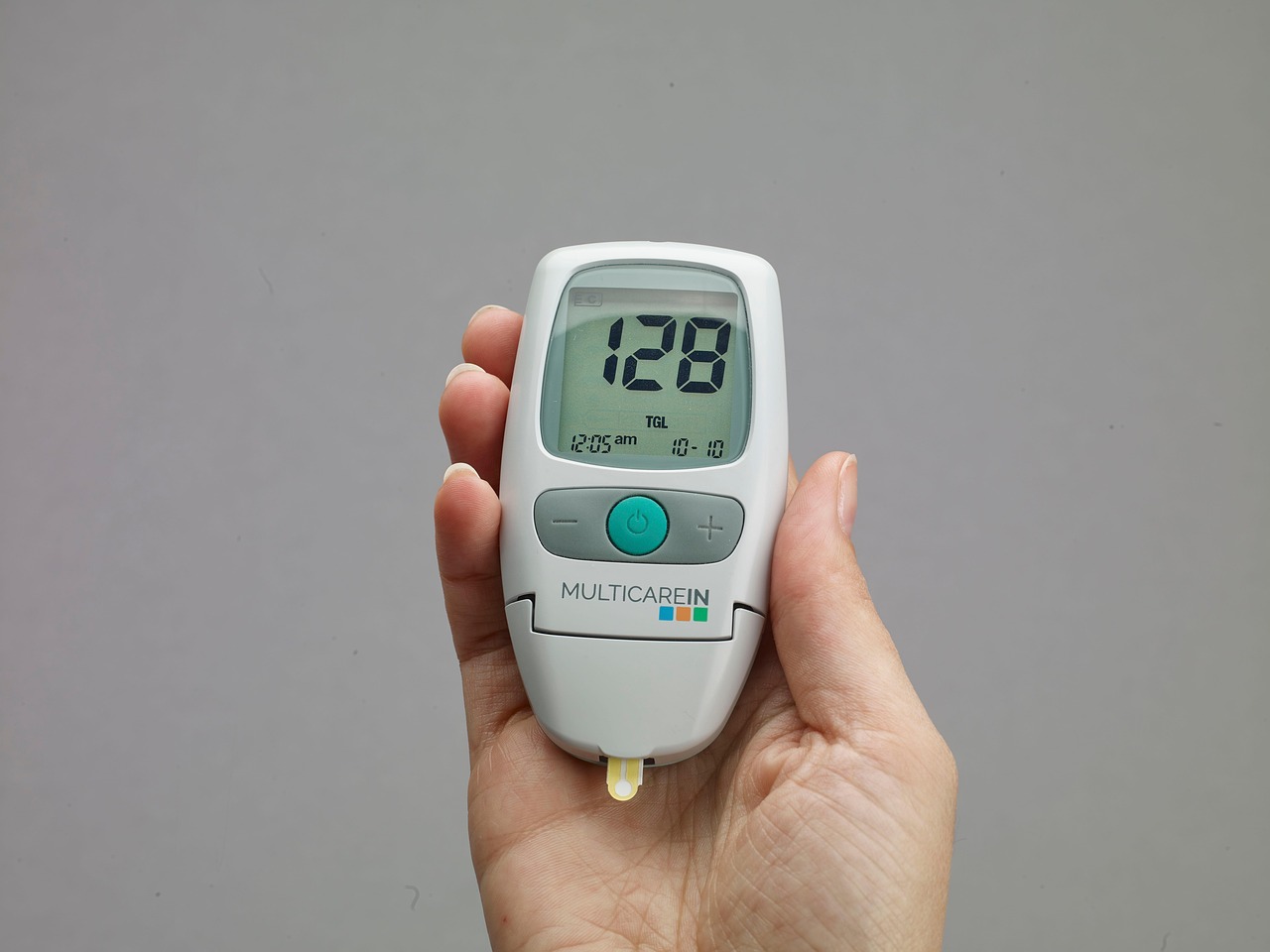How to Buy a Glucometer: A Complete Guide for Managing Diabetes in 2024
Managing diabetes effectively requires regular monitoring of blood glucose levels. A glucometer, also known as a blood glucose meter, is an essential device that allows individuals with diabetes to track their blood sugar levels at home quickly and accurately. With a multitude of options available in 2024, choosing the right glucometer can seem overwhelming. This comprehensive guide will help you understand what features to consider, types of glucometers, and tips to select the best device suited to your needs for optimal diabetes management.
Why Is a Glucometer Important?
A glucometer provides immediate feedback on blood glucose levels, allowing you to make informed decisions about diet, medication, and physical activity. Regular monitoring helps prevent dangerous complications such as hypoglycemia (low blood sugar), hyperglycemia (high blood sugar), and long-term issues like nerve damage, kidney problems, and vision loss. Accurate and reliable readings are crucial for effective diabetes management, making the choice of a glucometer an important decision.
Factors to Consider When Buying a Glucometer
1. Accuracy and Reliability
The primary purpose of a glucometer is to provide precise readings. Look for devices that are approved by health authorities such as the FDA (Food and Drug Administration) or equivalent regulatory agencies in your country. Read reviews and seek recommendations from healthcare professionals to verify accuracy.
2. Ease of Use
Choose a glucometer that is simple to operate, especially if you are new to testing. Features like a clear display, minimal steps to perform a test, and straightforward instructions can make testing less cumbersome.
3. Sample Size and Pain-Free Testing
Some devices require a smaller blood sample (as little as 0.3 microliters), which can make testing less painful. This is especially important for children or individuals with sensitive skin.
4. Speed of Results
Most modern glucometers provide results within 5 seconds. Faster devices reduce waiting time and make testing more convenient.
5. Memory and Data Management
A device with memory storage allows you to track previous readings, which is useful for monitoring trends. Some glucometers can store dozens or hundreds of readings, and others can even sync with smartphones or computers for detailed analysis.
6. Compatibility with Test Strips
Test strips are a consumable component of glucometers. Ensure the device you choose is compatible with readily available strips, and consider the cost and availability of these strips in your area.
7. Cost of the Device and Test Strips
While some glucometers are inexpensive, the ongoing cost of test strips can add up. Balance your initial investment with the cost of consumables. Some models offer affordable strips, while others are more expensive but may have additional features.
8. Additional Features
Advanced models may include features such as:
- Backlit screens for testing in low-light conditions
- Alternate-site testing (forearm, palm) to reduce finger pricks
- Ketone testing capability
- Bluetooth or Wi-Fi connectivity for data sharing
- Alarm reminders for testing times
9. Battery Life and Power Source
Opt for a glucometer with long battery life or rechargeable options to avoid frequent replacement.
Types of Glucometers Available in 2024
1. Standard Glucometers
Basic models that require blood samples from the finger and display results on a digital screen. Suitable for most users, especially those on a tight budget.
2. Continuous Glucose Monitors (CGMs)
Devices that provide real-time glucose readings via a sensor placed under the skin, usually paired with a smartphone or receiver. They are more expensive but offer detailed trend data, reducing the need for frequent finger pricks.
3. Smartphone-Integrated Glucometers
These models connect directly to smartphones via Bluetooth, allowing users to track and analyze their blood glucose data through dedicated apps.
Tips for Choosing the Right Glucometer
- Consult Your Healthcare Provider: They can recommend devices that suit your specific needs, especially if you have other health conditions.
- Assess Your Lifestyle: Active individuals or those who travel frequently may benefit from portable, easy-to-use devices with Bluetooth connectivity.
- Consider Vision and Dexterity: If you have poor eyesight or limited dexterity, look for models with large displays, auditory signals, or easy strip insertion.
- Factor in Test Strip Availability and Cost: Ensure test strips are accessible and affordable in your area to maintain consistent monitoring.
- Read User Reviews: Feedback from other users can provide insights into reliability, ease of use, and durability.
How to Use a Glucometer Properly
To get the most accurate readings, follow these steps:
- Wash your hands thoroughly to avoid contamination.
- Prepare the glucometer and test strips as per manufacturer instructions.
- Prick your finger with a lancet device to obtain a blood drop.
- Apply the blood sample to the test strip.
- Wait for the reading, which appears on the screen.
- Record the result if needed, or use the device’s memory function.
Regular calibration and proper storage of test strips also ensure accuracy.
Caring for and Maintaining Your Glucometer
- Keep the device clean: Wipe the outer surface with a soft, damp cloth.
- Store test strips properly: Keep them in a cool, dry place and avoid exposure to humidity or extreme temperatures.
- Replace batteries as needed: Follow the manufacturer’s recommendations.
- Calibrate if required: Some devices need periodic calibration with control solution.
- Avoid rough handling: Protect the device from drops or impacts.
Final Thoughts
Choosing the right glucometer is a vital step in managing diabetes effectively. By considering factors such as accuracy, ease of use, cost, and additional features, you can select a device that fits your lifestyle and health needs. Remember that consistent and correct use, along with regular consultation with your healthcare provider, will help you maintain optimal blood glucose control and prevent complications.
Investing in a quality glucometer empowers you to take charge of your health, providing peace of mind and promoting better quality of life. Whether you are newly diagnosed or managing diabetes long-term, the right device can make all the difference in your daily health routine.

